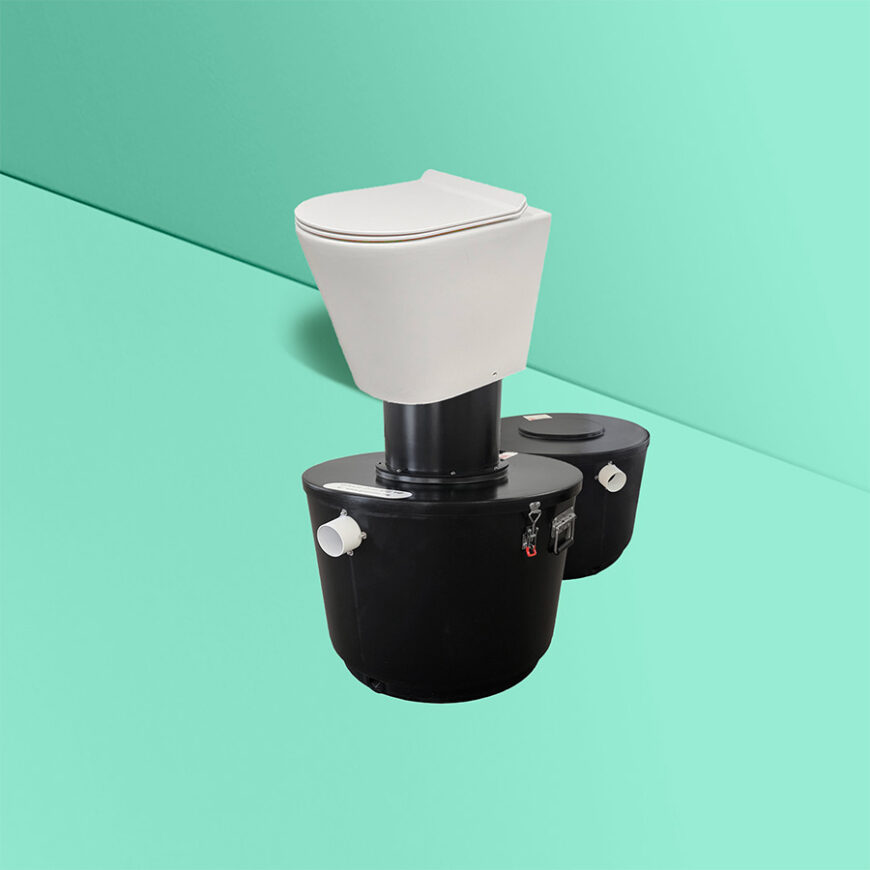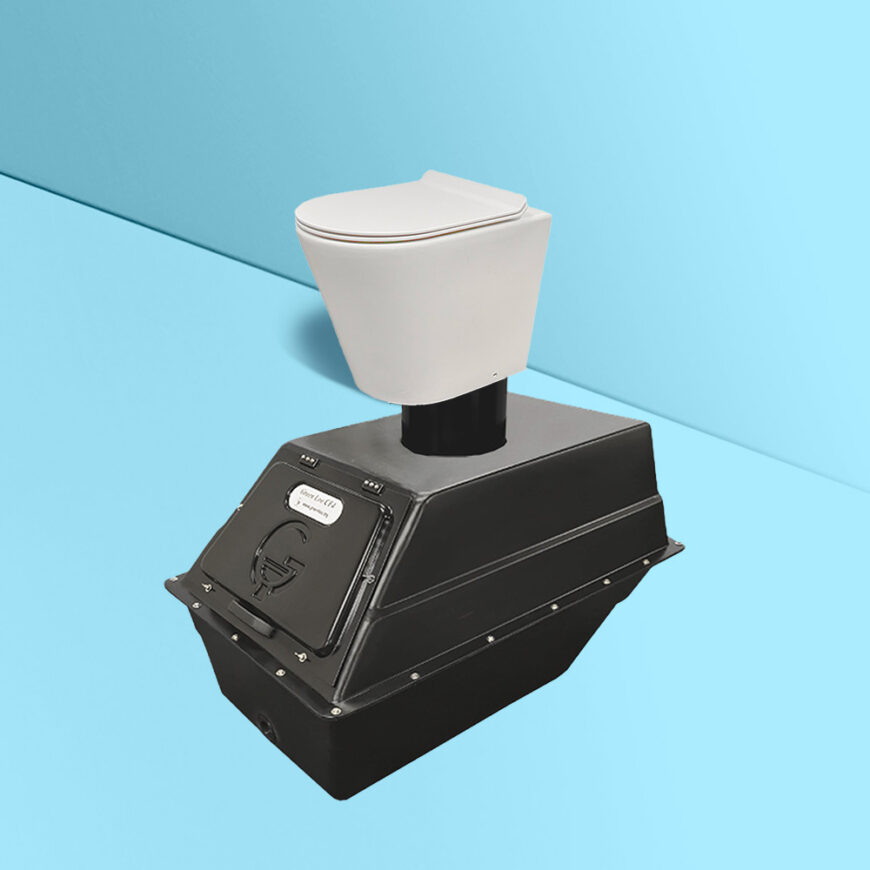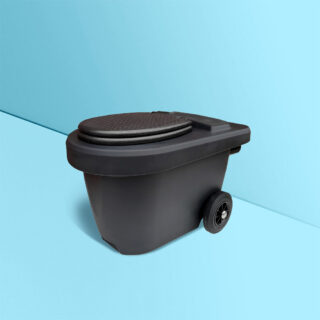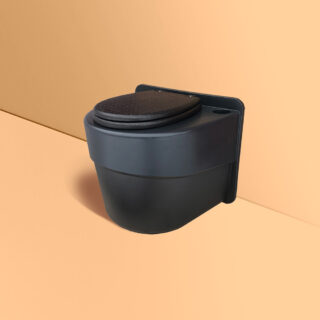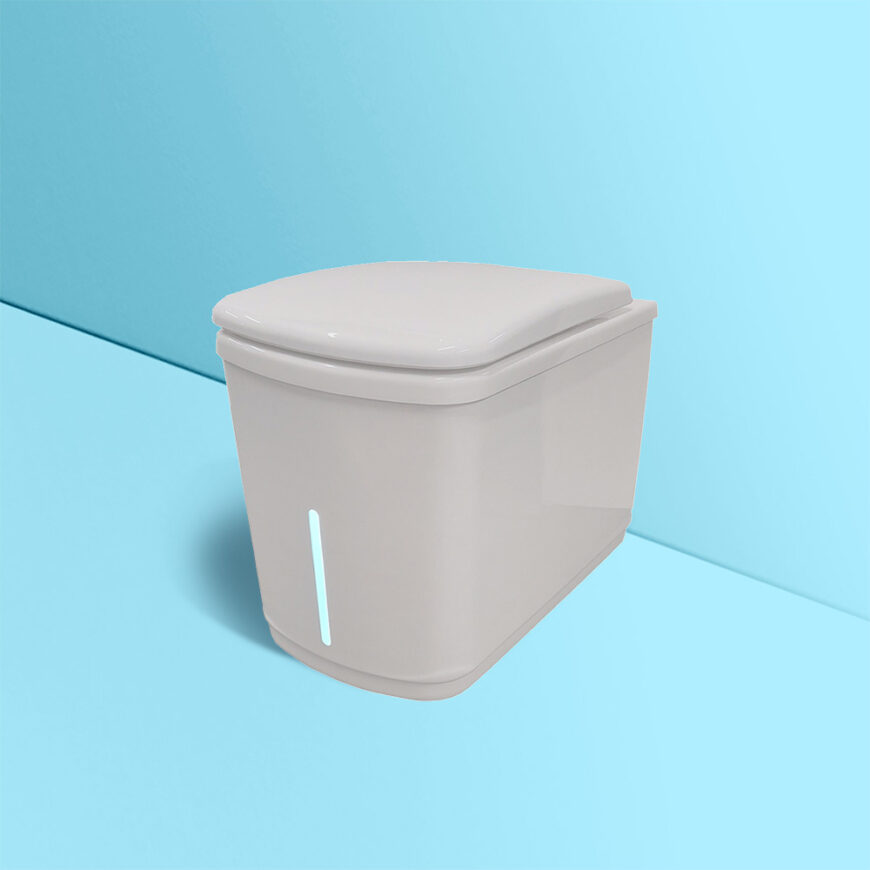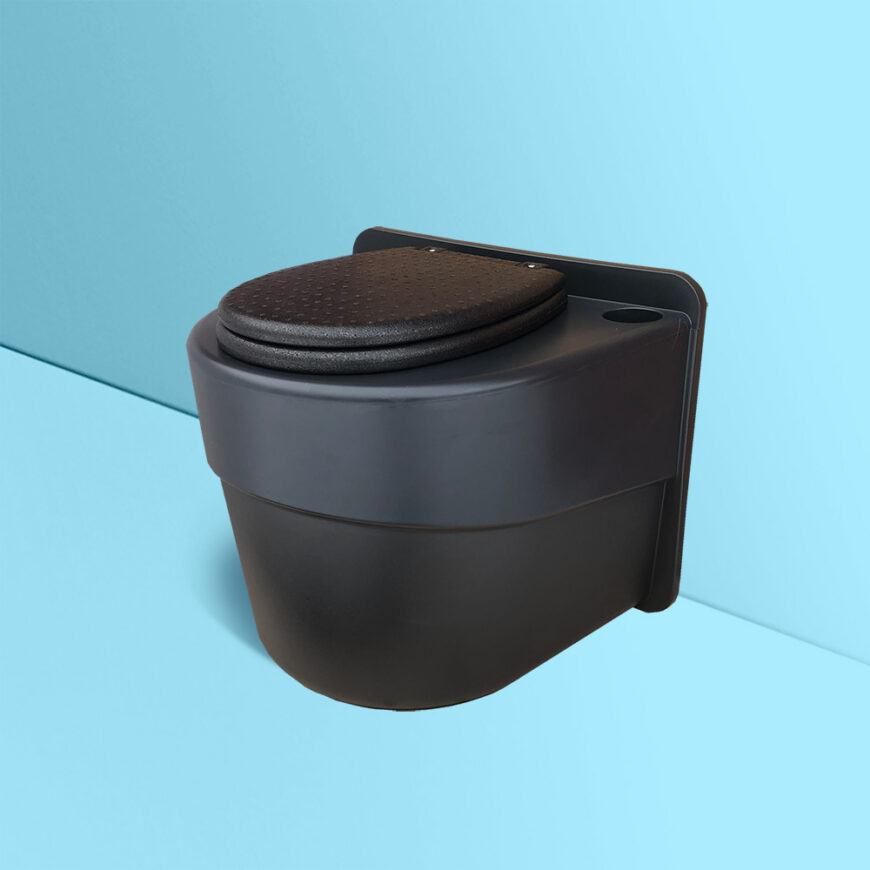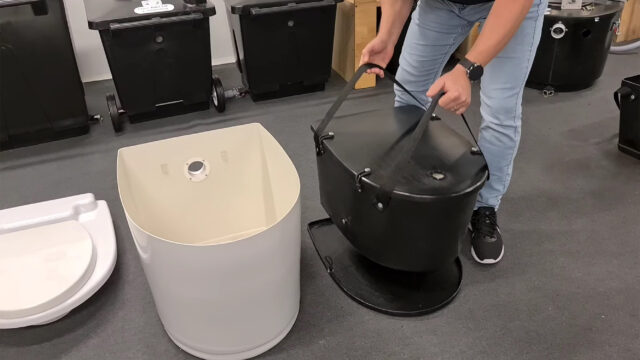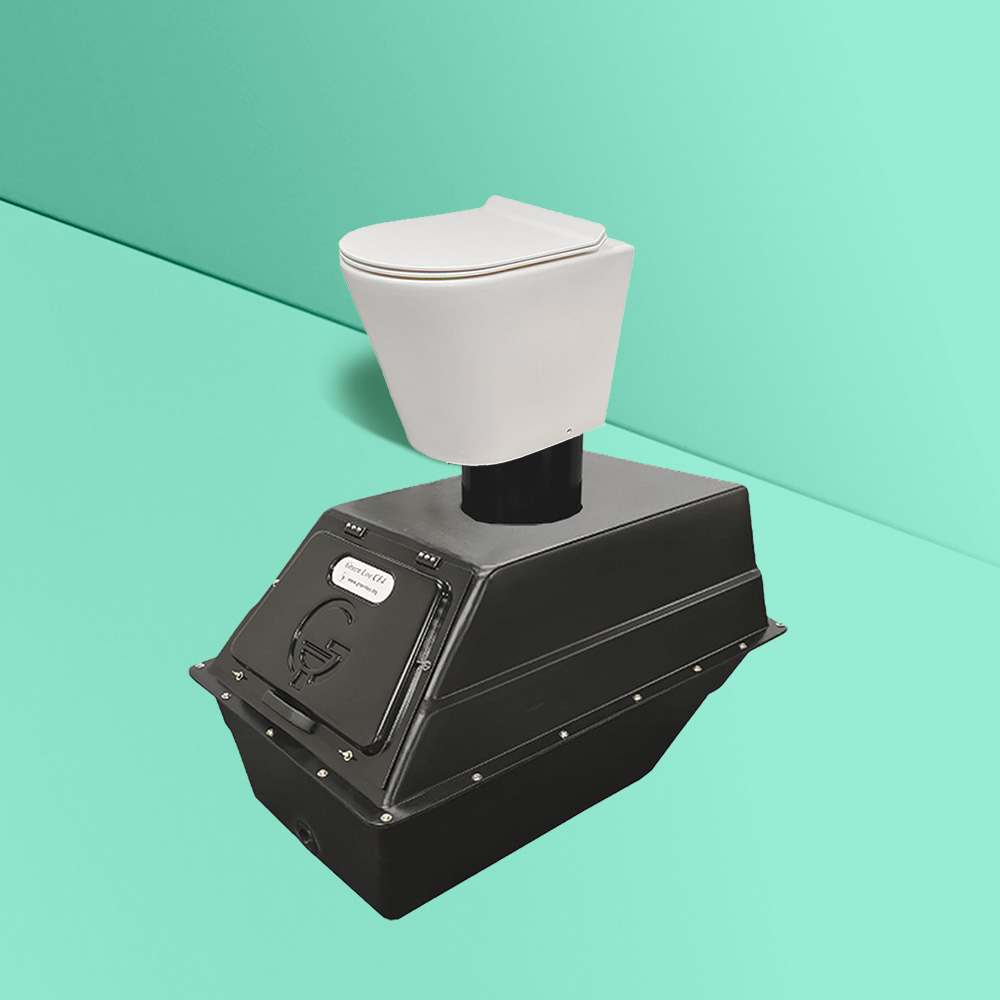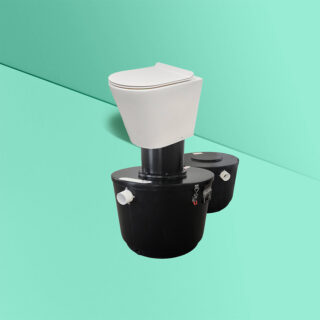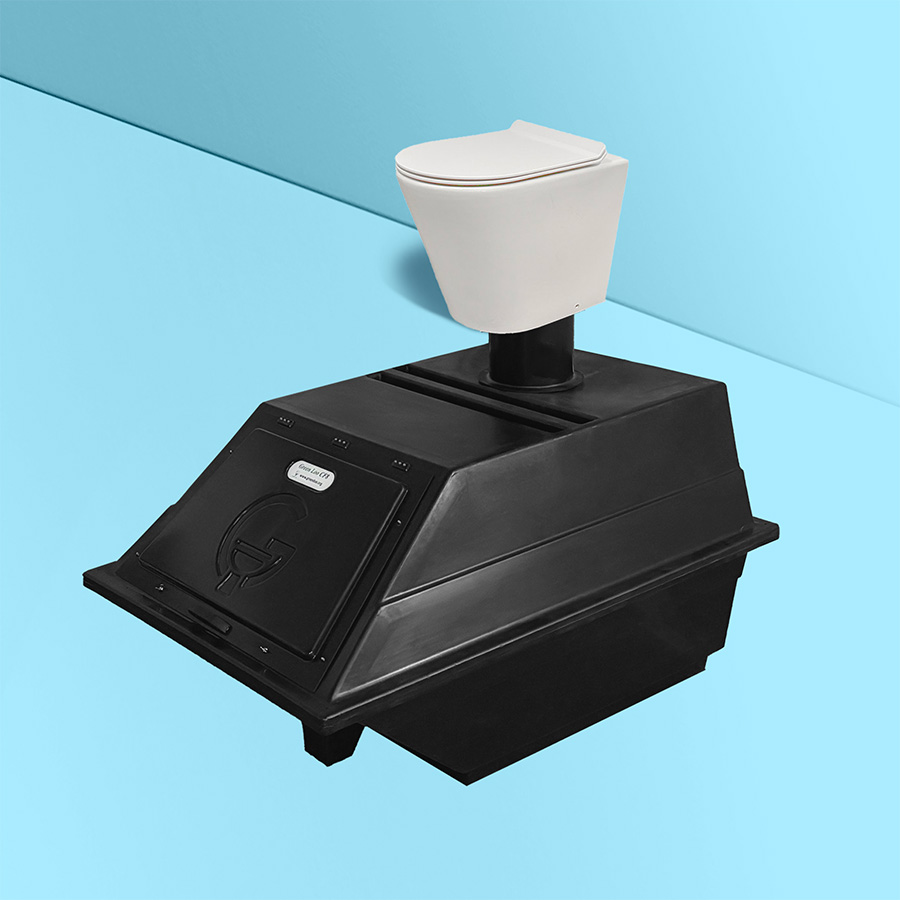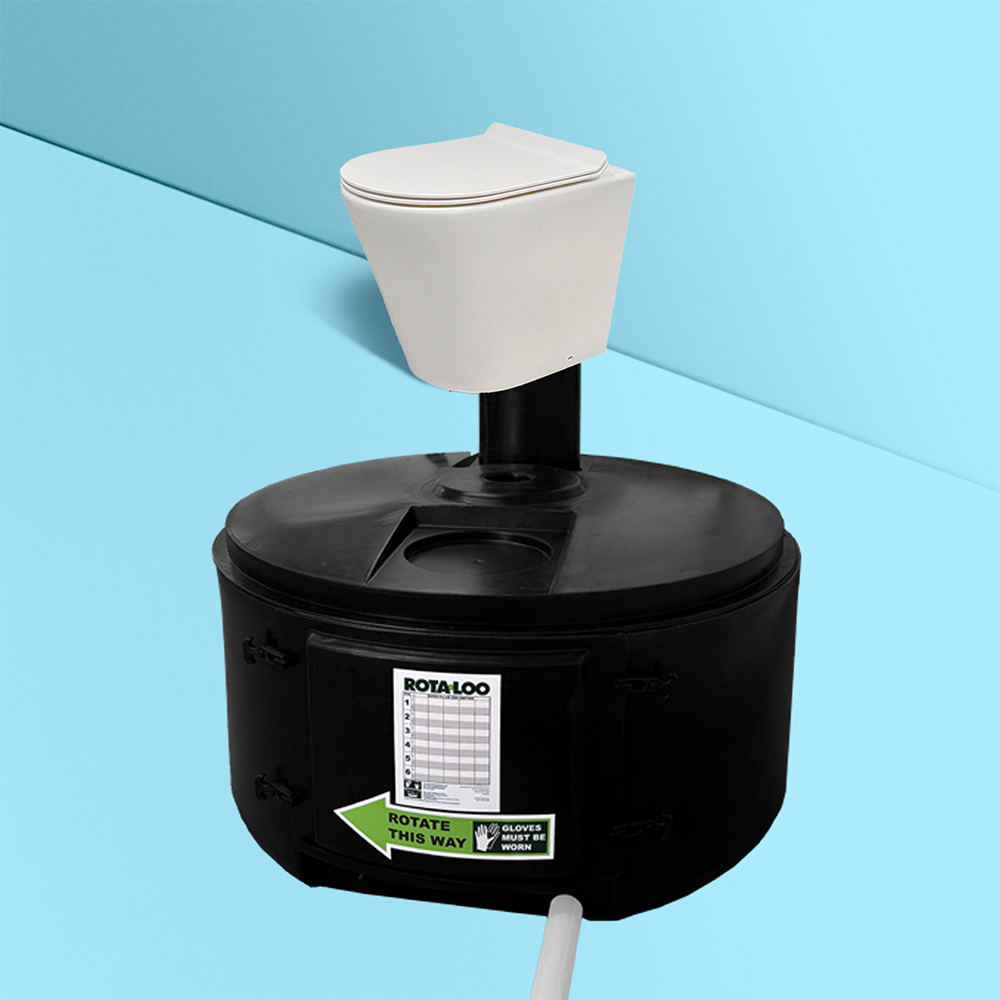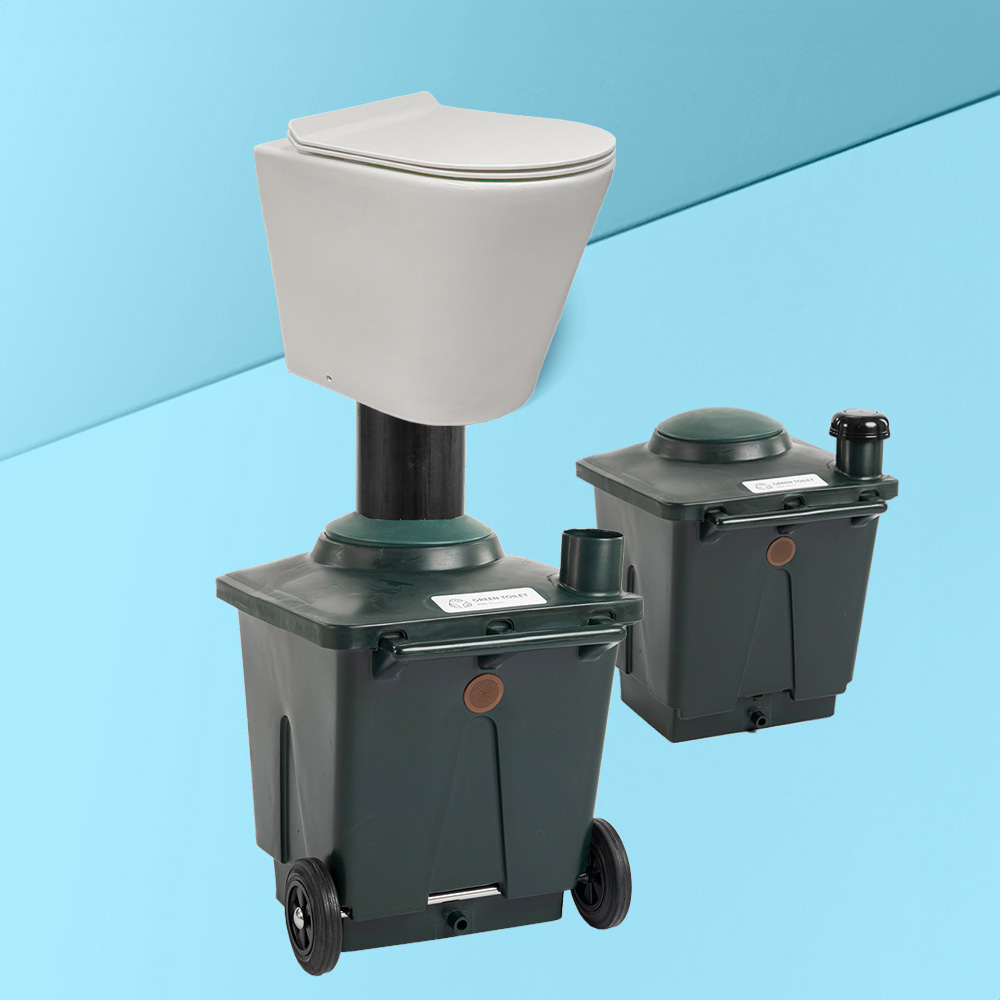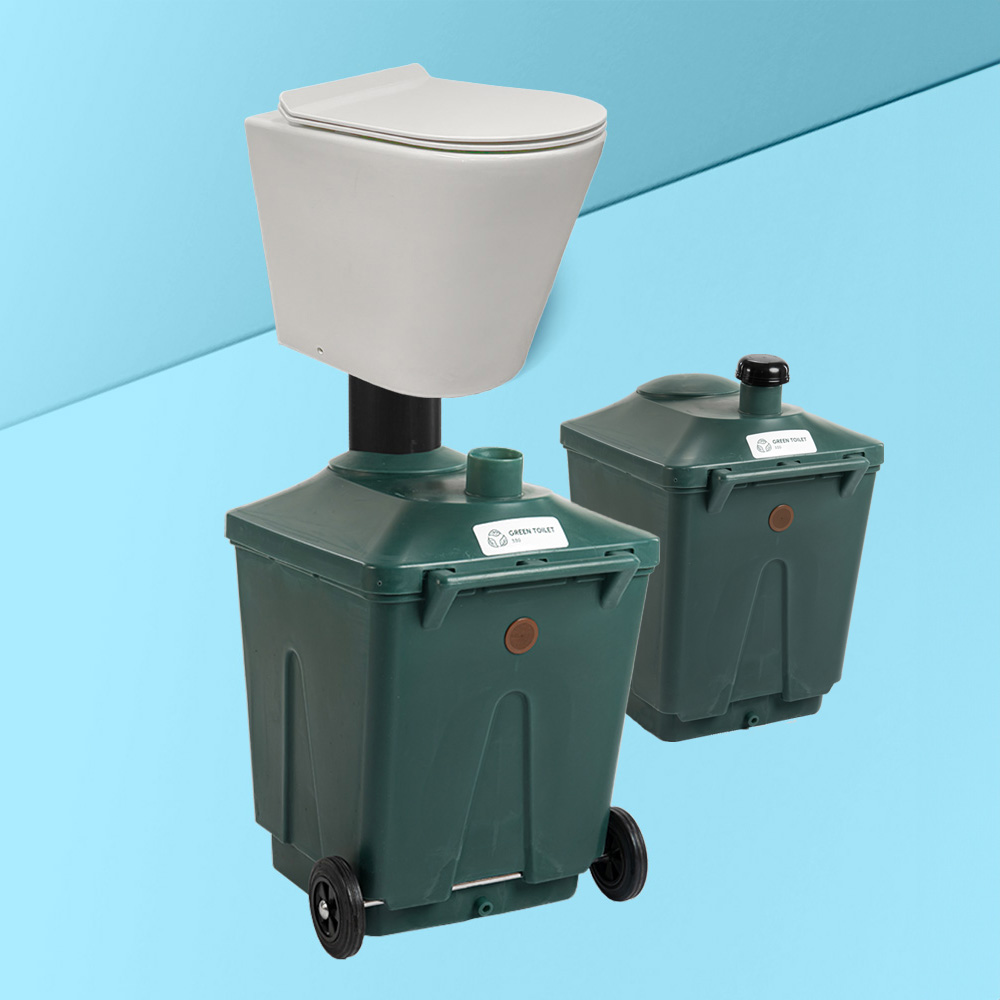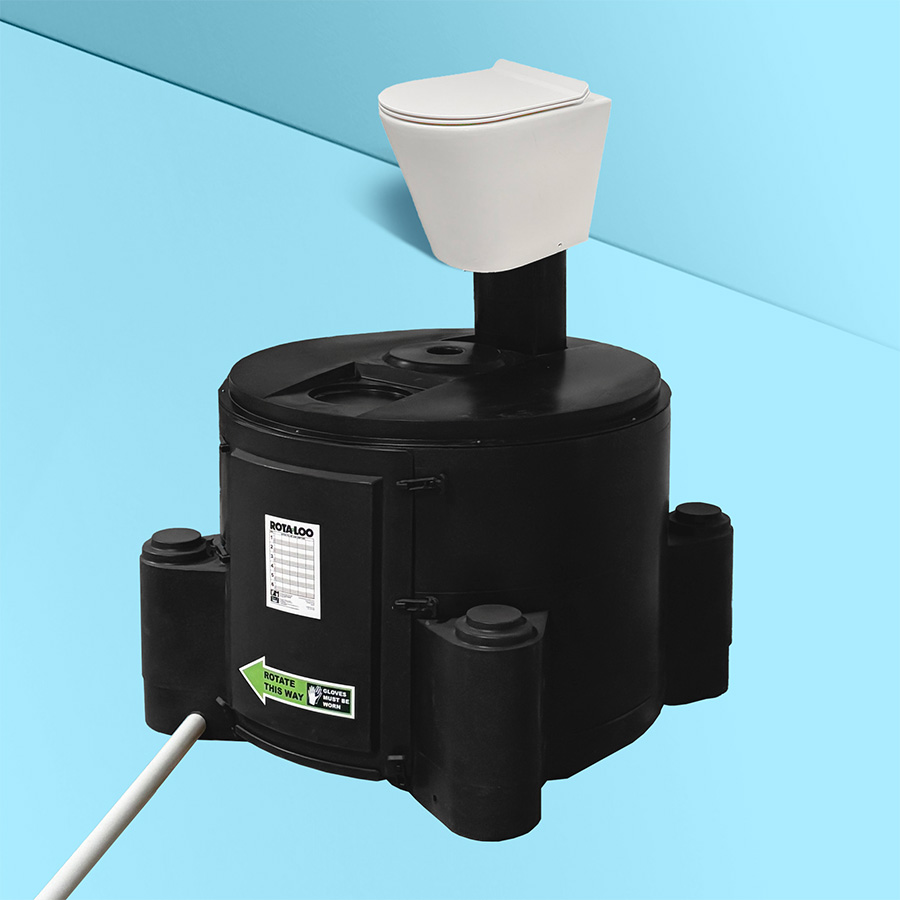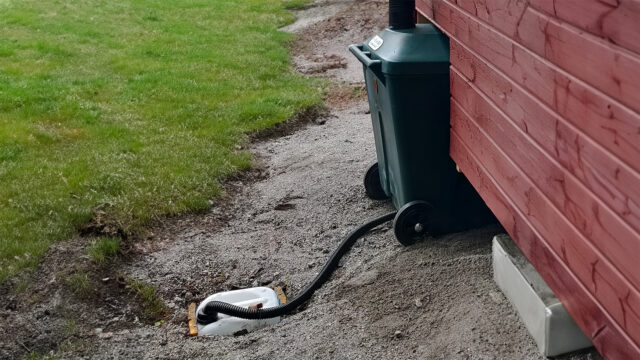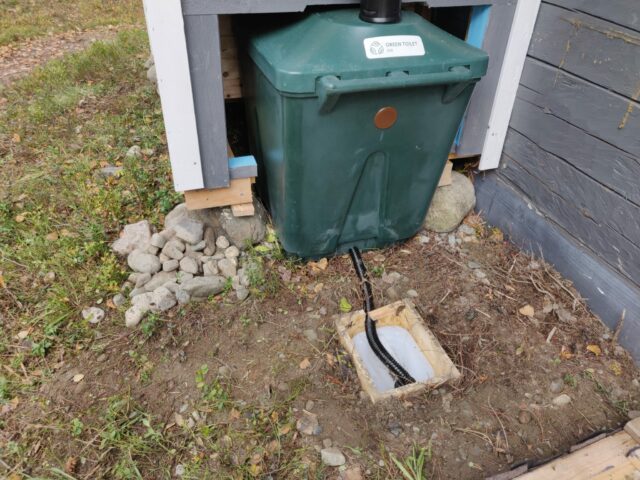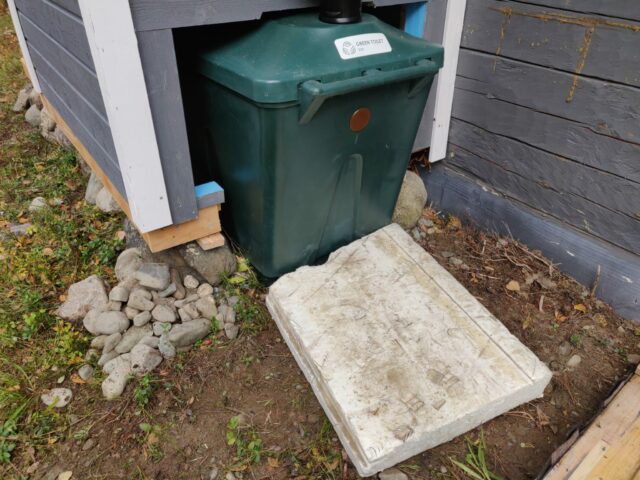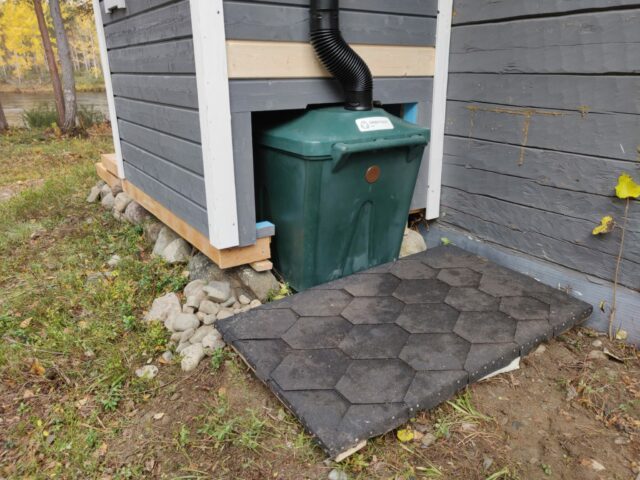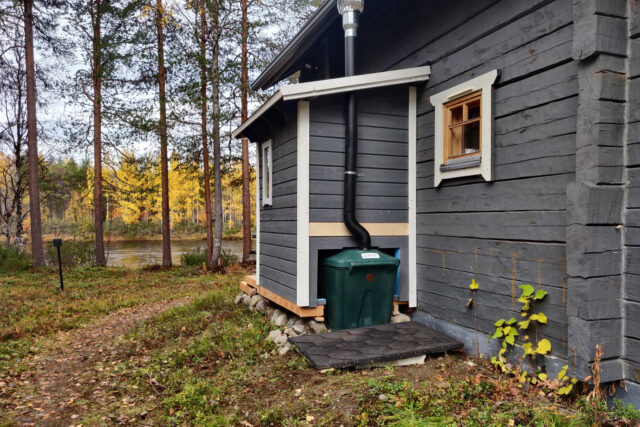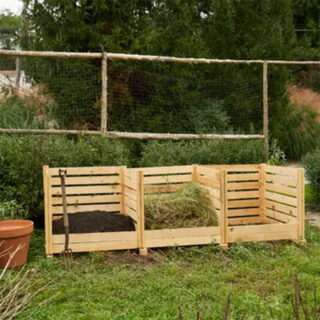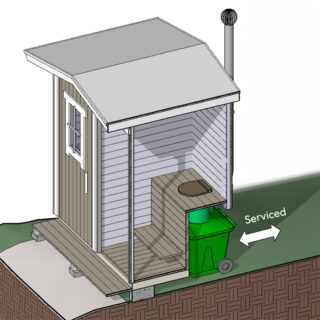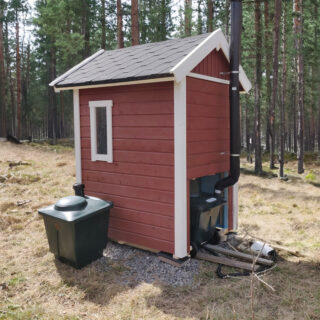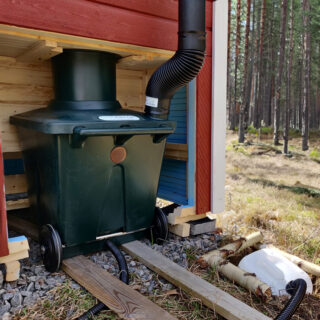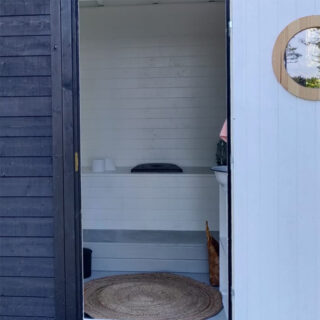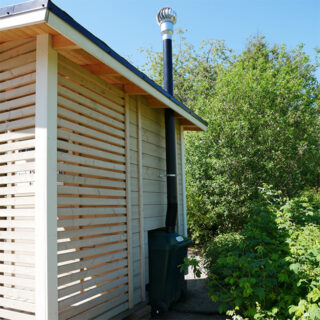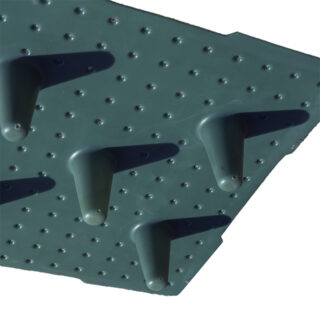Composting Toilet vs. Compost Toilet – What’s the difference
In the world of waterless toilets, the terms “composting toilet” and “compost toilet” are often used interchangeably, causing confusion. In reality, a composting toilet is a waterless toilet that manages the entire composting process within the system itself, including the collection and breakdown of waste through natural biological processes, converting it into reusable compost directly within the unit. The term “compost toilet” is simply another term for the same kind of toilet. However, there a many waterless toilet models in the U.S. that are not real compost / composting toilets. In this article we are going to explore different concepts to understand their characteristics and functionalities of various waterless toilets. Specifically we discuss:
- What is a Composting Toilet,
- Different Types of Composting Toilets,
- Not all Waterless Toilets are Composting Toilets,
- Collection Toilets,
- Key Differences between Composting and Collection Toilets,
- How to Choose the Right Type of Waterless Toilet
What is a Composting Toilet?
A “composting toilet” or a “compost toilet” is a waterless toilet that initiates and manages the whole composting process within the system itself. These toilets are designed to break down waste through natural biological processes, converting it into reusable compost directly in the unit. By using aerobic bacteria and other microorganisms, composting toilets transform human waste into safe, usable compost.
Different Types of Composting Toilets
Composting toilets vary in design and functionality, each with its own way of managing waste. Some models use separate containers, allowing one to compost while the other is in use, which avoids handling raw waste during maintenance but requires more space. Others use a continuous process where waste is added and compost is removed regularly, potentially needing less frequent maintenance but careful installation. For more information please compare our batch composting toilets and continuous composting toilets.
Additionally, some compost toilets are all-in-one units, ideal for smaller spaces as they handle all composting within a single unit. Others have separate composting containers located away from the toilet itself, suitable for higher usage and keeping maintenance activities separate from living areas. Understanding these options helps in choosing the right system based on space, usage, and waste management needs, with each type offering sustainable and efficient solutions. For more information please explore our self-contained waterless toilets and split-system composting toilets.
Not all Waterless Toilets are Composting Toilets!
Many people mistakenly believe that all waterless toilets are composting toilets, which is not true. This confusion is often perpetuated by manufacturers who misuse the terms “composting toilet” and “compost toilet” to market their products, even when those toilets merely collect the waste into the unit instead of actually composting it to reusable compost / humus. At Waterless Toilet Shop, we think these type of waterless toilets should be called collection toilets. Collection toilets only separate liquids from solids and store waste hygienically until it can be composted elsewhere. They do not initiate the composting process within the unit.
Green Toilet 100 Easy is an example of a true composting toilet, whereas the urine-diverting Green Toilet Light is more collecting type of waterless toilet.
Collection Toilets
Collection toilets do not actively compost waste within the unit. Instead, they focus on separating liquids from solids and storing the waste hygienically until it can be composted externally. Typically, collection toilets are self-contained urine diverting toilets, while it should be noted that this may is not always the case.
Characteristics of Collection Toilets:
- Urine-separation: They often separate urine from solid waste directly in the seat to reduce odor and facilitate easier handling.
- Storage: They store waste until it can be transferred to an external composting site.
- Hygiene: Designed to store waste hygienically, minimizing contact and odor.
- Compact size: Most waterless toilets in this category are small in size so they fit into tiny spaces in RVs or boats for example.
Importance of Understanding the Differences
For customers, understanding the differences between composting and collection toilets is crucial, especially regarding the capacity and maintenance of the waterless toilet in question. While both types aim to off-grid toilet solutions, their capacity and maintenance differ significantly. True Composting Toilets take care of the whole waste management within the system from collection to the end of composting process, while collecting waterless toilets merely collect and store the waste hygienically until it is emptied to an external composter or other waste management system.
Key Differences between Compost Toilets and Collection Toilets
The main difference between collection toilets and composting toilets lies in how they handle waste. Collection toilets are focused on waste separation and collection, making it easier to transport and compost waste outside the unit. In contrast, composting toilets take a comprehensive approach by managing the entire composting process from separation and collection all the way to recycle and reuse of ready compost. This involves not only separating and collecting waste but also actively promoting its decomposition into compost within the toilet system.
At Waterless Toilet Shop, most of the toilets we offer are true composting toilets. However, we also carry a few urine-diverting toilets that function as collection toilets. It’s important to recognize these distinctions to choose the right system for your needs.
Conclusion
While the terms “compost toilet” and “composting toilet” are often used interchangeably, it’s essential to understand the differences between true composting toilets and collection toilets. Recognizing these distinctions ensures you choose a system that aligns with your waste management goals and environmental objectives. Both systems contribute to a greener future, providing sustainable solutions for managing human waste.
Choosing the Right Type of Waterless Toilet
When deciding between a collection toilet and a composting toilet, several factors should be considered, including space availability, usage patterns, and waste management goals. Collection toilets are ideal for smaller spaces and situations where external composting is feasible. Composting toilets, on the other hand, are perfect for those looking for an all-in-one solution that handles waste from start to finish.
Let us help you in choosing the right waterless toilet for you!
Reach out to us today:
📱(702) 328 0689
✉ info@waterlesstoiletshop.com
Looking for a new waterless toilet?
Fill the form and we will get back to you with a personalized recommendation!
In our natural business you will always get reply from natural, real human being.
Leave a call request
Leave a contact request
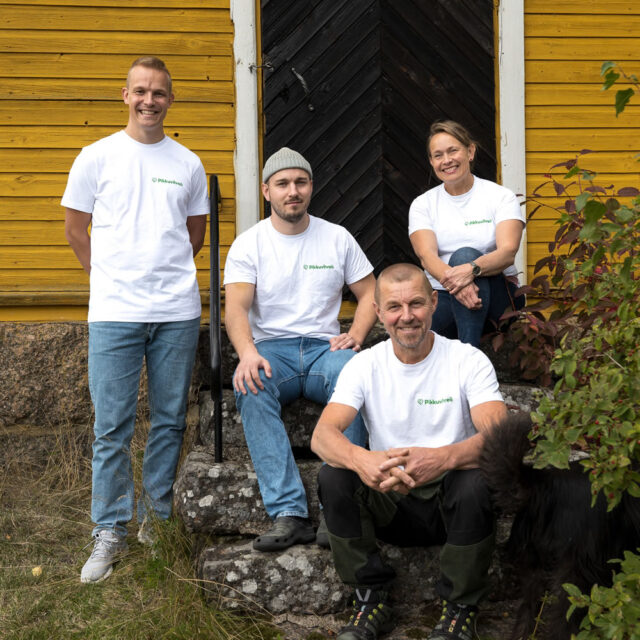
Who We Are
At Waterless Toilet Shop we are a dedicated team of dry toilet experts based in Henderson, Nevada. As a family-owned company with deep roots in Scandinavia and Australia, we bring a blend of global insights and local expertise to every product we create.
At Waterless Toilet Shop, we do more than just design and manufacture innovative composting toilets; we also use them daily. This hands-on experience allows us to continuously improve our products and ensure they meet the high standards of functionality and sustainability that our customers expect.
We are committed to living the eco-friendly principles we teach, making our solutions not just part of our business, but a part of our lives. Join us in embracing a more sustainable future, one flush at a time.
Read Our Story

